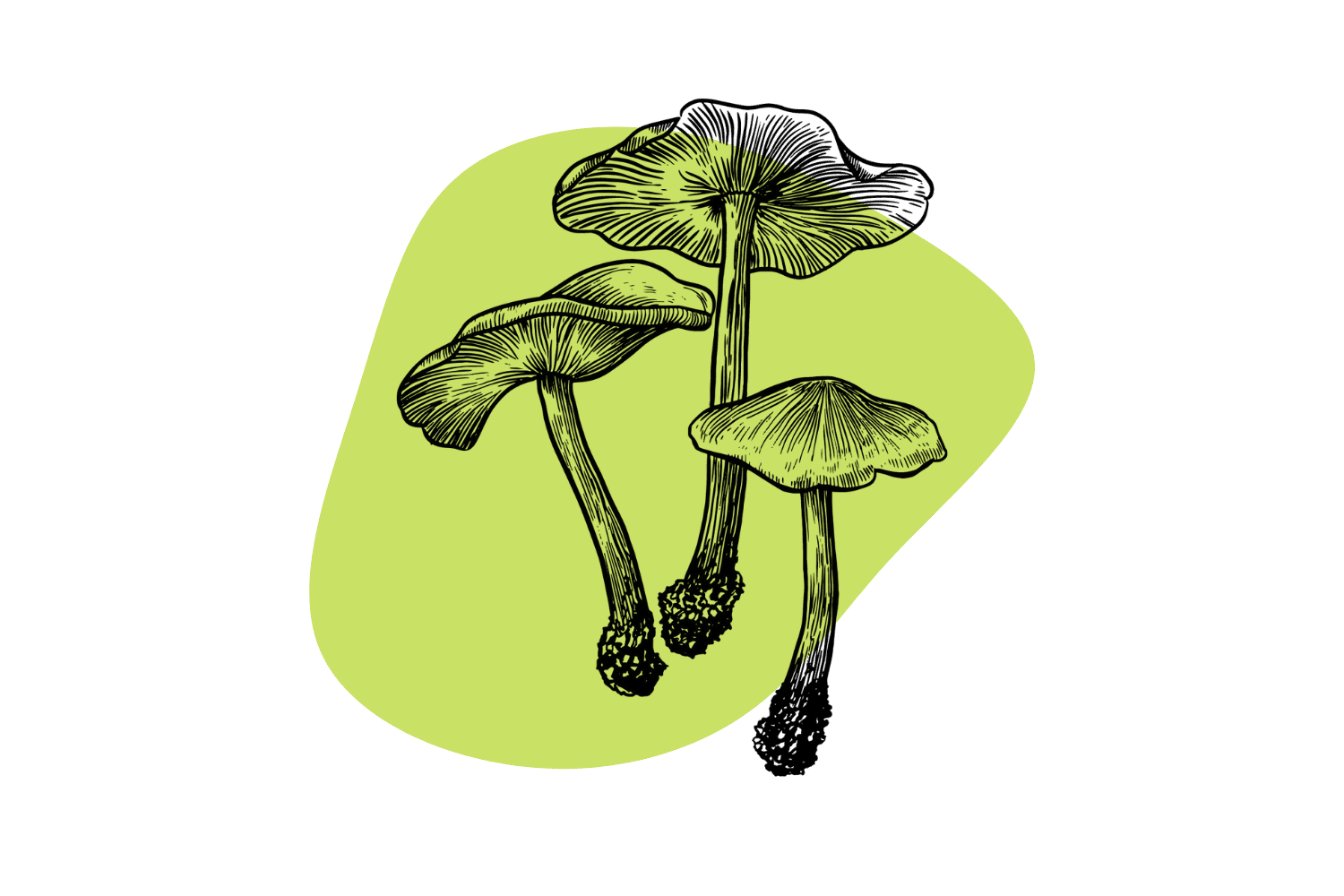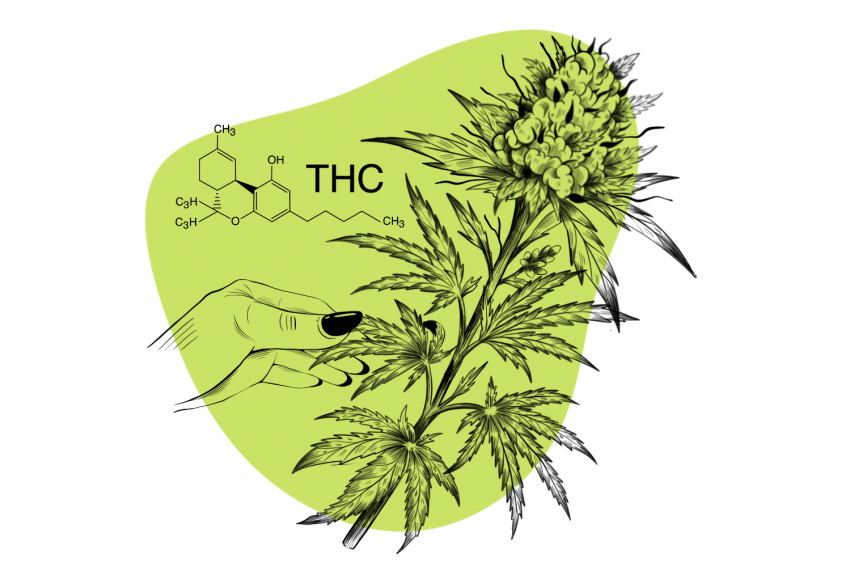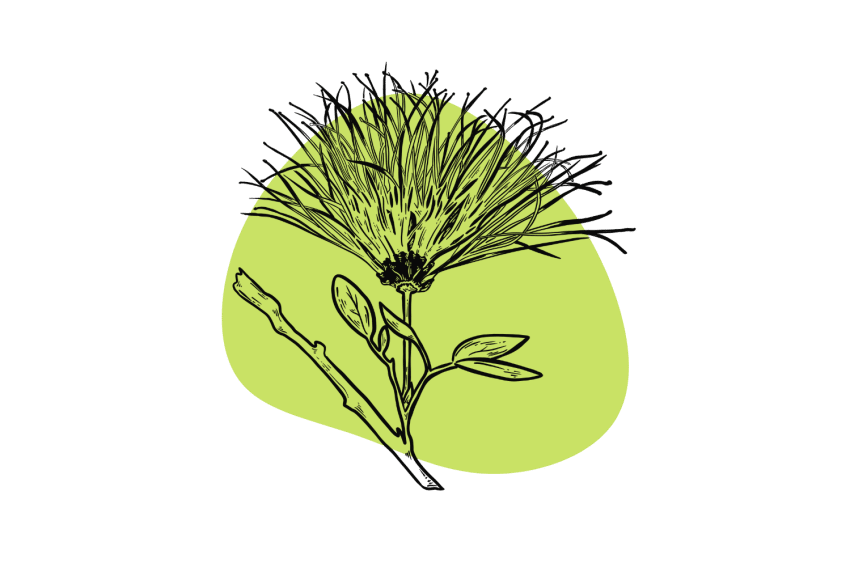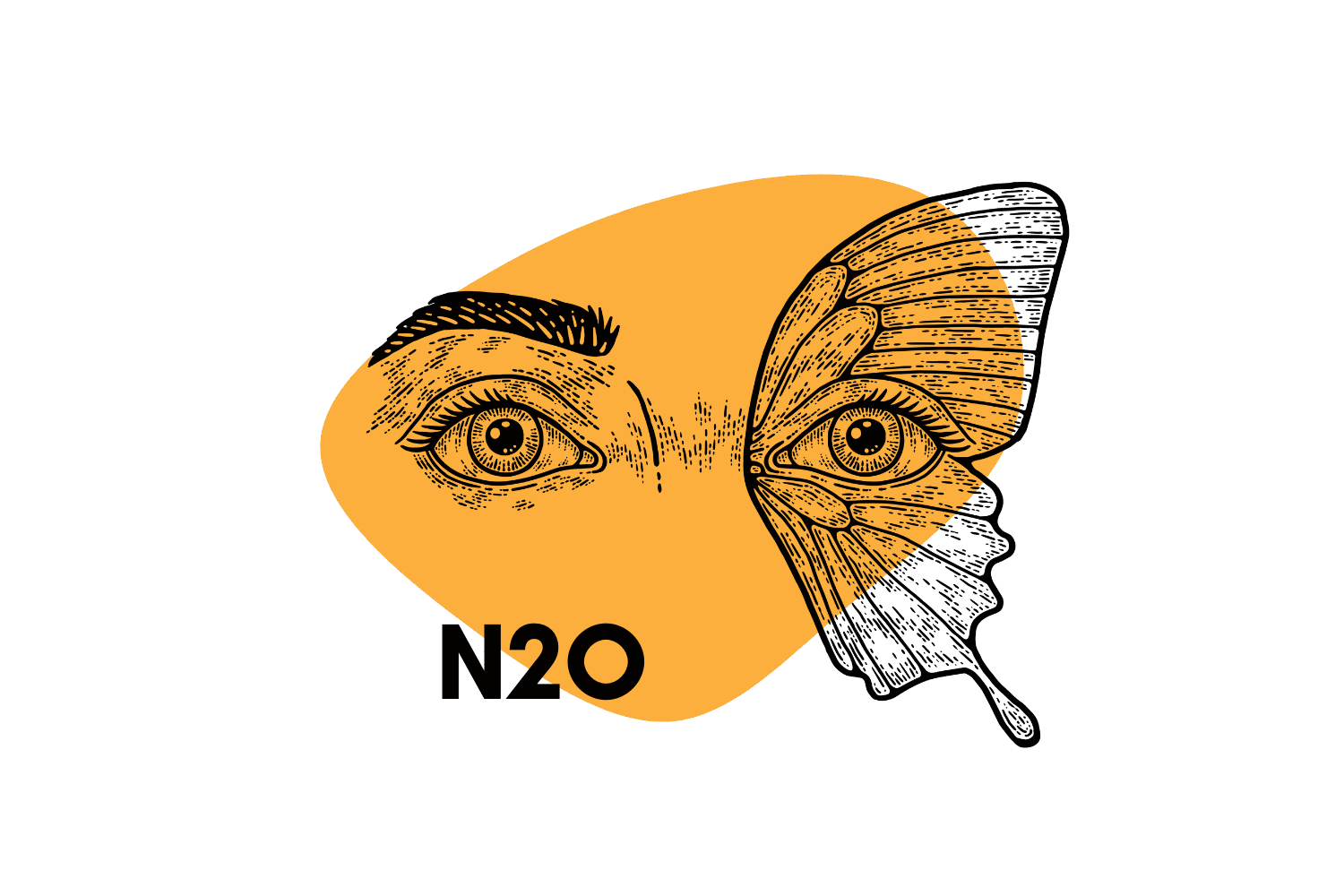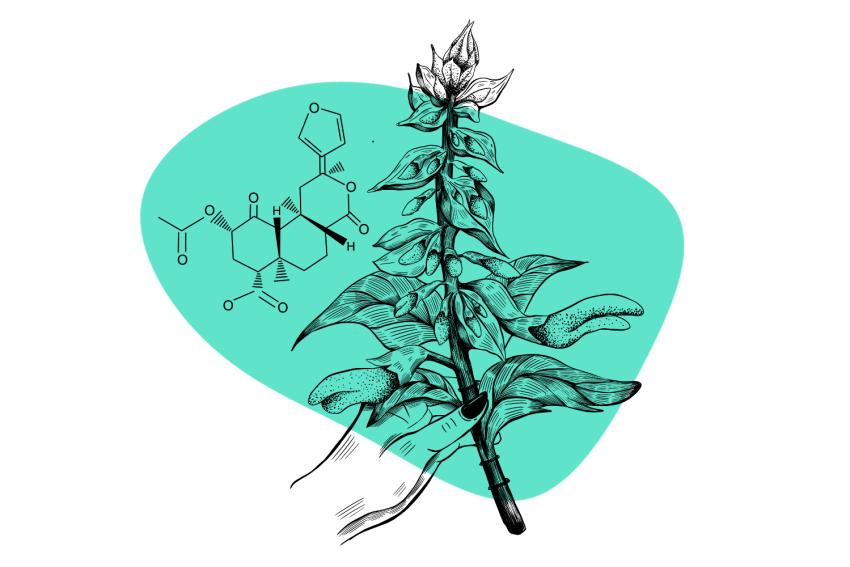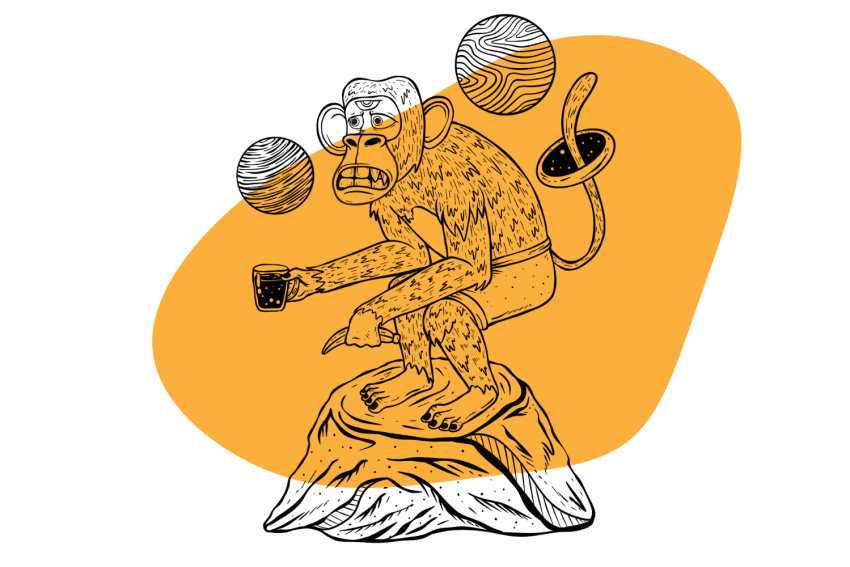Areca Nut, The Fourth Most Popular Psychoactive Substance in the World
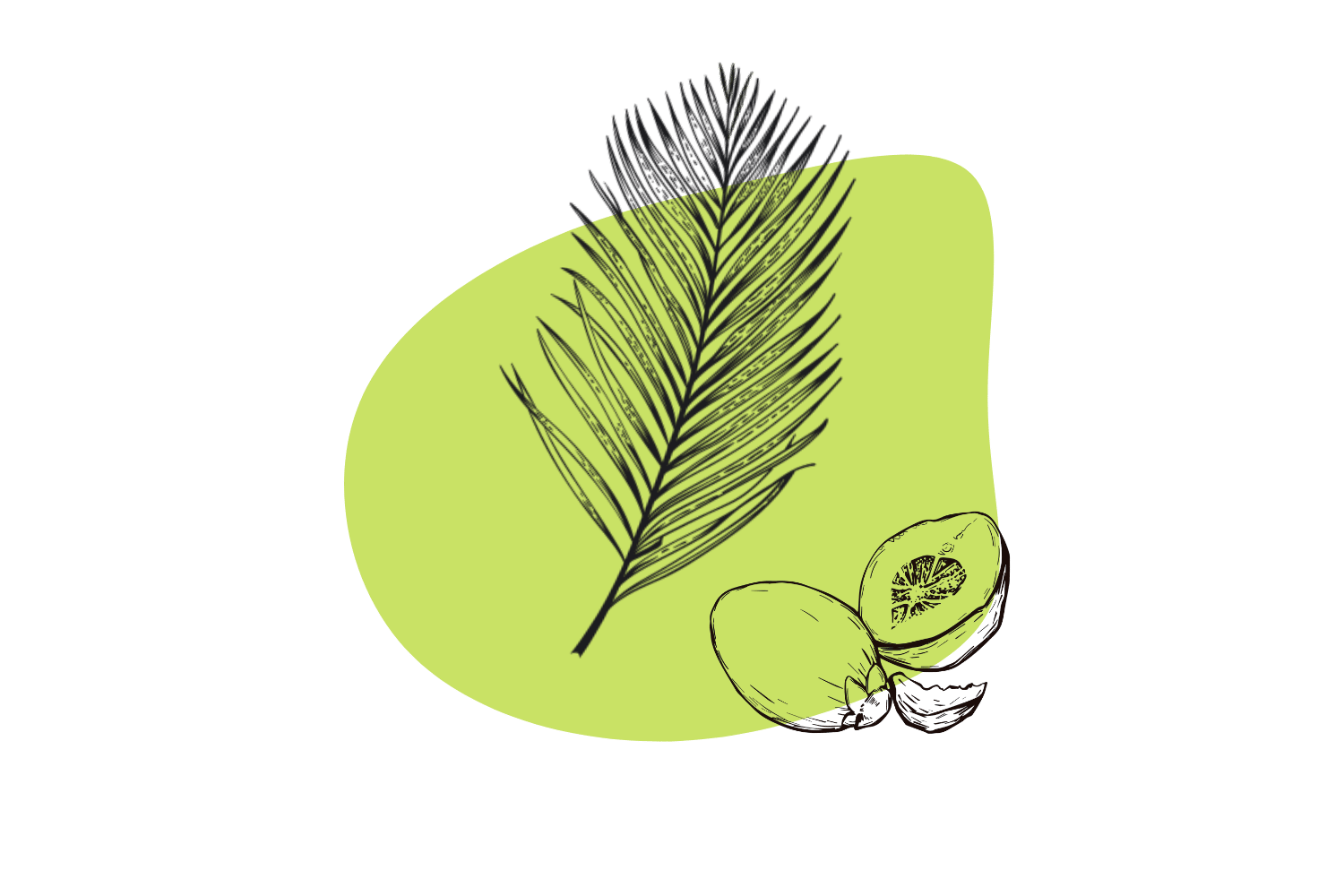
The areca nut — also called the betel nut — is a naturally-occurring psychoactive substance used to heighten the senses, induce feelings of euphoria, and offer stimulating effects similar to drinking a few cups of coffee.
It’s thought to be used by nearly 600 million people around the world, owing largely to its 2000-year-old history.
Below, you’ll learn everything you need to know about the areca nut, including where it comes from, how to ingest it safely, and some potential benefits of consuming it. You’ll also learn about proper dosing of areca nut and some key side effects you should be aware of before you try it.
What Is Areca Nut?
Areca nut (betel nut) is the seed of the areca palm (Areca catechu). This species of palm tree can be found throughout the Pacific Islands, Southeast Asia, and East Africa.
Areca seeds contain several active ingredients (including arecoline, arecaidine, and guvacine) that act as a central nervous system stimulant similar to coffee, kratom, and tobacco.
The nuts are mixed with betel leaf (separate species from betel nut) and herbs such as clove, cardamom, acacia, or tobacco and chewed to release the psychoactive constituents. Areca nut has a deep red color and often stains the teeth and lips of those who chew the seed often.
Technically speaking, the Areca nut isn’t a nut at all but rather a berry. A nut refers to a seed encased in a hard outer shell. The areca seeds are produced inside a yellow-orange fruit.
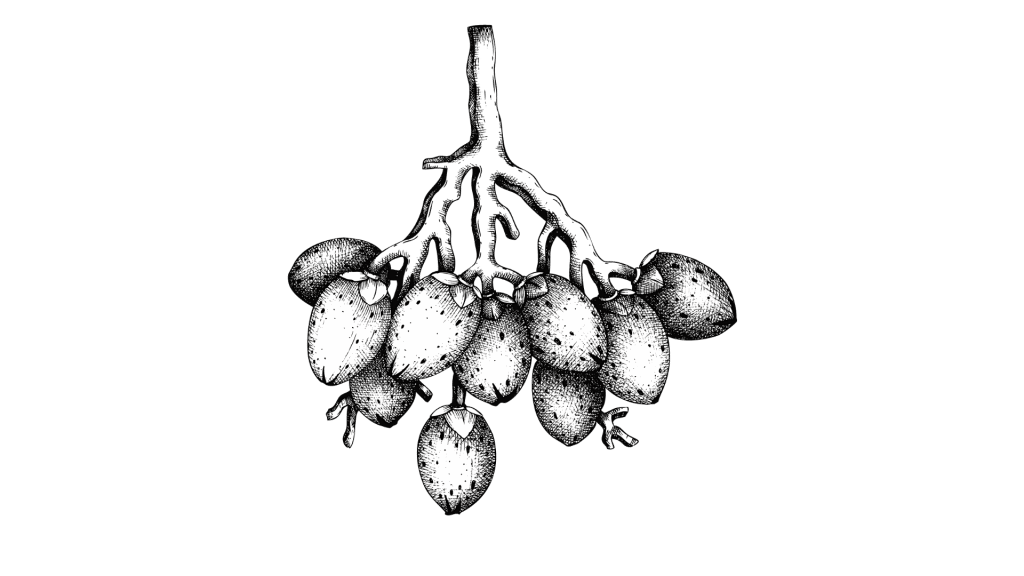
How is Areca Nut Used?
Traditionally, betel nuts are wrapped in leaves from the betel plant (Piper betle) and chewed — this combination is referred to as a “betel quid.” The active compounds within the seed are extracted and absorbed through the thin capillaries in the lining of the mouth.
The active constituents are also swallowed and enter the bloodstream through the digestive system.
Some users grind up the seed before placing the areca nut powder in their mouths for better extraction. Others mix slices of the areca nut with tobacco for a more potent high and more intense stimulation.
Is Areca Nut Natural?
The areca nut is entirely natural. The “nut” itself is a seed from a fruiting tree — the areca palm. The active compounds in betel nuts are similar in effect to those contained in tobacco plants, although the two species aren’t closely related.

Is Areca Nut Psychoactive?
The areca nut is psychoactive and produces a stimulating high similar to kratom or nicotine. The primary psychoactive compounds in betel nuts are alkaloids, which include arecoline, arecaidine, and guvacine — all of which have profound stimulating effects.
The psychoactive effects of arecoline are often compared to those of nicotine. Most users feel a headrush coupled with a sudden burst of energy, feelings of well-being, and a mild sense of euphoria [1]. Users feel alert and present but may become inebriated with higher doses, similar to the effects of kratom.
Is Areca Nut Legal?
The areca nut is a naturally occurring seed and is wholly unregulated in most parts of the world, including the United States. The practice of chewing betel nut has been going on for more than 2000 years and is a tradition for an estimated 10–20% of the world’s population [2].
This prevalence makes it hard to ban the use of areca, but it doesn’t mean organizations haven’t tried in the past.
For example, the FDA does not consider areca nuts safe to consume and has included them in the Poisonous Plants Database.
Outside the US, areca nut has already been banned. Betel nuts are currently banned in Canada, the United Kingdom, and Australia.
How Does Areca Nut Work?
The primary alkaloids in areca nut are arecoline, arecaidine, and guvacine.
Arecoline and guvacine both reduce the uptake of GABA [3], one of the primary neurotransmitters responsible for suppressing the central nervous system. With GABA uptake reduced, neurons in the central nervous system fire more rapidly and with less inhibition, providing the energy associated with chewing betel nut and a sense of euphoria. Users also experience a faster heart rate, increased blood pressure, and heightened senses as a result.
Arecoline and arecaidine are both believed to be muscarinic [4], meaning they limit suppression of the parasympathetic nervous system. Specifically, these alkaloids bind to nicotinic acetylcholine receptors, reducing uptake of this suppressive neurotransmitter. The effect is similar to that on the central nervous system. Most users experience restricted blood vessels, increased heart rate, and heightened awareness.
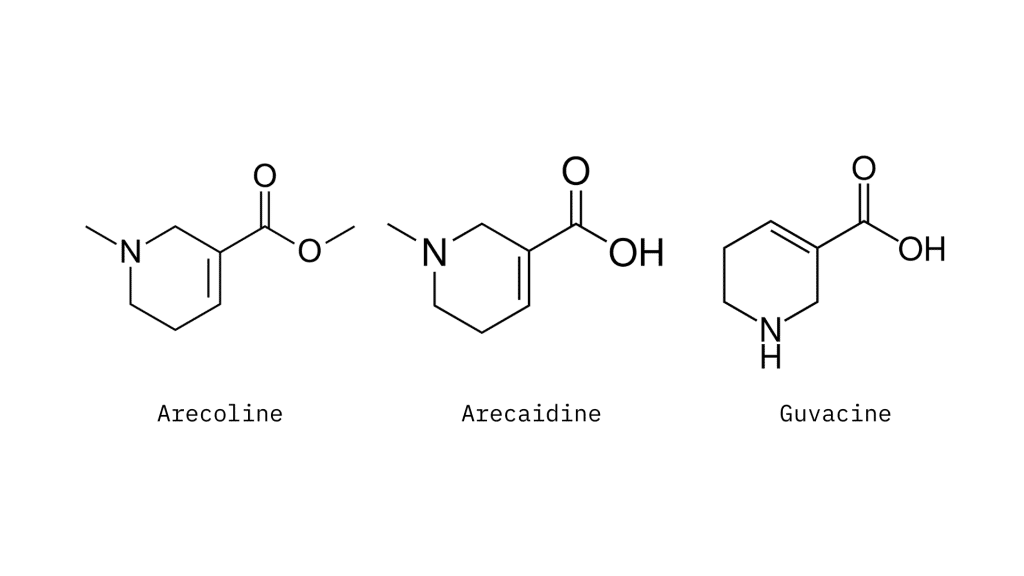
Finally, chewing betel nuts also produces an increase in adrenaline in the bloodstream [5].
Adrenaline is the primary hormone responsible for the fight or flight mechanism, meaning increased levels can produce heightened concentration and lengthened attention span. The nootropic effects of consuming areca nut are attributed primarily to spikes in adrenaline and suppression of the neurotransmitter GABA.
What Do You Use Areca Nut For? Potential Benefits
Areca nut is most commonly used for its stimulative and nootropic effects. Most users report feeling invigorated and energized shortly after chewing areca nut. The effects are similar to those of drinking large amounts of caffeine, although most users report not feeling the jitteriness associated with coffee. The effects are more similar to nicotine, with users noting apparent stimulation along with a sense of relaxation at the same time.
Areca nuts also tend to heighten the senses, making users feel more aware of their surroundings and giving them an increased ability to concentrate. Many people take areca nut in the mornings for an artificial energy boost, while others use it to help them concentrate on work, school, or mundane tasks.
Areca nut is also known to produce feelings of euphoria and well-being, so some users take it to improve their mood or self-treat depression or anxiety.
Although there is insufficient research to back up the claims, some people swear by areca nut as a digestive aid and as a treatment for glaucoma and schizophrenia.
Are There Risks Involved With Taking Areca Nut?
Unfortunately, there are many risks involved with consuming areca nut, especially long-term.
Chewing areca nut has been linked with an increased risk of oral cancer, specifically oral squamous cell carcinoma [6]. Additional research suggests that it may produce an increased risk of other cancers, including those of the esophagus, pancreas, and liver.
Another long-term side effect of areca nut is addiction. Given the effects areca nut can have on neurotransmitters, it is considered habit-forming and addictive, much in the same way that nicotine is [7]. Limiting your use and taking tolerance breaks is the best way to avoid becoming addicted to betel nuts.
Areca nut should be carefully and entirely avoided by pregnant women, as the primary alkaloids in the seed have been shown to cause placenta damage [8].
There are also short-term risks that should be considered before consuming betel nuts. These include irritation of the mouth, diarrhea, nausea, upset stomach, jitteriness, increased heart rate, dizziness, and lightheadedness.
What’s the Standard Dose of Areca Nut?
Consuming a safe and moderate amount of areca nut is essential for maximizing the potential benefits and reducing the risk factors involved.
Most users recommend that beginners take 1 gram of areca nut powder mixed with some lime juice to activate the alkaloids. Some users take up to 2 or 3 grams daily, although this is considered a large dose and could exacerbate unwanted side effects.
A dose of as little as 8 grams of areca nut powder can be fatal, so doses over 2 grams are strongly recommended against for safety reasons.

Final Thoughts: Areca Nut, A Popular But Dangerous Psychoactive Substance
The areca nut is widely regarded as the fourth most popular psychoactive substance in the world, following closely behind caffeine, nicotine, and alcohol. It’s used regularly by an estimated 600 million people worldwide, and it’s prized for its powerful stimulative and nootropic effects.
The areca nut is used by many people to provide a boost in energy, concentration, and focus, and it’s taken recreationally because it can induce euphoria and a sense of well-being.
However, it is considered a moderately addictive substance and has been closely linked to an increased risk of oral cancer.
Resources Used
- Gupta, P. C., & Ray, C. S. (2004). Epidemiology of betel quid usage. Annals-Academy of medicine Singapore, 33, 31-36.
- Pobutsky, A. M., & Neri, E. I. (2012). Betel nut chewing in Hawai ‘i: Is it becoming a public health problem? Historical and socio-cultural considerations. Hawai’i journal of medicine & public health: a journal of Asia Pacific Medicine & Public Health, 71(1), 23.
- Chu, N. S. (2001). Effects of betel chewing on the central and autonomic nervous systems. Journal of biomedical science, 8(3), 229-236.
- Papke, R. L., Horenstein, N. A., & Stokes, C. (2015). Nicotinic activity of arecoline, the psychoactive element of” Betel Nuts,” suggests a basis for habitual use and anti-inflammatory activity. PLoS One, 10(10), e0140907.
- Chu, N. S. (2002). Neurological aspects of areca and betel chewing. Addiction biology, 7(1), 111-114.
- Warnakulasuriya, S., Trivedy, C., & Peters, T. J. (2002). Areca nut use: an independent risk factor for oral cancer: The health problem is under-recognised. BMJ, 324(7341), 799-800.
- Papke, R. L., Hatsukami, D. K., & Herzog, T. A. (2020). Betel quid, health, and addiction. Substance use & misuse, 55(9), 1528-1532.
- Garcia-Algar, O., Vall, O., Alameda, F., Puig, C., Pellegrini, M., Pacifici, R., & Pichini, S. (2005). Prenatal exposure to arecoline (areca nut alkaloid) and birth outcomes. Archives of Disease in Childhood-Fetal and Neonatal Edition, 90(3), F276-FF277.

